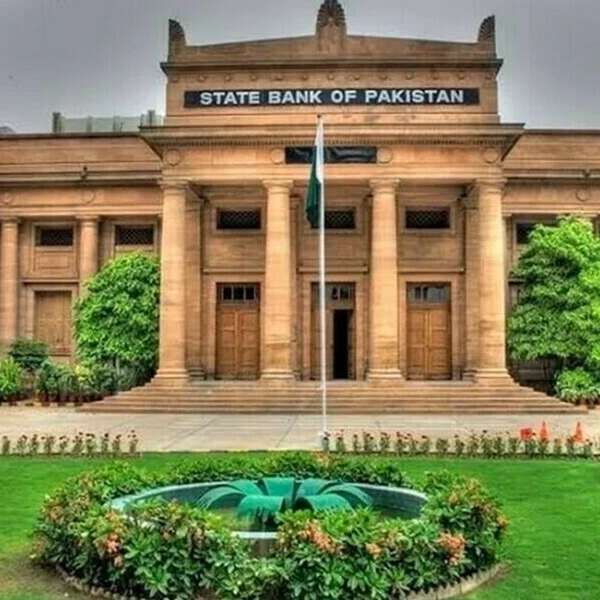US job growth slows sharply in August, unemployment rises to 4.3%
Weakest labor market in nearly four years cements case for Fed rate cut as Trump’s policies draw scrutiny
Business Desk
The Business Desk tracks economic trends, market movements, and business developments, offering analysis of both local and global financial news.

U.S. job growth weakened sharply in August and the unemployment rate increased to nearly a four-year high of 4.3%, confirming that labor market conditions were softening and sealing the case for a Federal Reserve interest rate cut later this month.T
he Labor Department's closely watched employment report on Friday also showed the economy lost jobs in June for the first time in 4.5 years, fanning fears of economic stagnation, according to foreign news agencies.
Job growth has slowed since April, with economists blaming President Donald Trump's policies, mainly tariffs on imports, an immigration crackdown and mass firings of public workers.
The Bureau of Labor Statistics (BLS) reported that the U.S. added 22,000 jobs in August, well below expectations for 75,000. Employment data for June was revised to show a net loss for that month, the BLS said, though July’s figures were revised slightly higher.
Taken together, the U.S. has added 598,000 jobs so far this year, compared with 1,144,000 for the first eight months of 2024.
The BLS said Friday that the unemployment rate ticked higher to 4.3%, a level not seen since Sept. 2017 outside of the Covid-19 pandemic.
The numbers added to growing concerns that President Trump’s policies have pushed the economy toward a problematic mix of low growth and stubborn inflation.
More than one-quarter of all unemployed workers have now gone without a job for more than six months, the highest level since June 2016.
"The jobs engine that has been integral to U.S. economic growth defying expectations for the past four years is stalling," Sarah House, a senior economist at Wells Fargo, said in a note. "Weakness remains widespread across industries, making it difficult to drive a bounce-back in the near term."
Trump took office promising to turbocharge the U.S. economy. While it is still in solid shape by most metrics, it had begun to lose momentum at the conclusion of the Biden administration.
Instead, Trump’s push to impose tariffs on imports into the U.S.—alongside his aggressive efforts to eliminate federal spending, many of which continue to face legal challenges—have sparked a wave of uncertainty that has made it difficult for businesses to hire more people.
Those tariffs have also fueled ongoing concerns about rising prices. While inflation has dropped significantly from the highs seen following pandemic reopenings in 2022, many measures show it remains above the Federal Reserve’s target rate of 2%.










Comments
See what people are discussing